Kevin had a dream. Like so many first-time entrepreneurs, he was obsessed with the idea of launching a game-changing startup. He devoured every book on entrepreneurship, soaked in advice from podcasts, and studied the playbook of Silicon Valley’s biggest names. One message kept coming up over and over: “Fail fast.”
It sounded almost liberating. Instead of fearing failure, he was told to embrace it. Move quickly. Launch fast. If it flops, learn, pivot, and try again. That’s what the greats did, right?
So Kevin followed the script. He rushed his product to market, certain that speed mattered more than perfection. He poured money into branding, marketing, and an aggressive go-to-market strategy. But within months, the cracks started showing. His product had flaws customers couldn’t ignore. Negative reviews piled up. His investors grew restless. And just like that, his startup collapsed—not with a lesson, but with debt, exhaustion, and a hit to his credibility that would take years to rebuild.
The problem with “fail fast” isn’t just that failure happens. It’s that failure comes at a cost—one that many first-time entrepreneurs can’t afford.
What people forget is that failure isn’t just a stepping stone; it’s also a setback. If you fail too fast, too often, or too recklessly, you don’t get infinite do-overs. You burn resources, time, and confidence. And for many, one big failure is enough to send them packing for good.
So, is failing fast really the best advice for new entrepreneurs? Or is there a smarter way to approach risk, learning, and resilience?
Failure Isn’t Free: The Real Cost of Moving Too Fast
The way people talk about failure in the startup world, you’d think it was a rite of passage. “Fail fast, fail often, fail forward,” they say, as if collecting failures like merit badges leads to inevitable success.
But here’s what doesn’t get talked about enough: failure comes with a price tag. And for most new entrepreneurs, it’s not just an uncomfortable lesson—it’s a potential business-ending disaster.
The Financial Toll: Wasted Capital, Lost Confidence
Failure might be a stepping stone to success—if you can afford to keep stepping. But for most first-time founders, resources aren’t infinite. A rushed launch that flops isn’t just a lesson; it’s lost money, burned investor trust, and a shrinking runway that might not get a second chance.
Look at the countless startups that flamed out because they went all in too soon. They scaled before they had product-market fit, hired too quickly, or poured money into marketing something customers didn’t even want. Moving fast didn’t help them pivot—it just helped them run out of money faster.
And when the cash dries up? Investors walk. Banks won’t extend credit. Co-founders jump ship. Suddenly, that “valuable failure” is just a cautionary tale.
The Emotional Toll: Burnout and Self-Doubt
Failure isn’t just about the numbers—it hits harder than that.
When things go wrong, entrepreneurs take it personally. The late nights, the sacrifices, the belief that “this has to work”—when it all crashes down, it’s not just a business loss. It’s a mental and emotional weight that can be impossible to shake.
Many founders never make a second attempt. Not because they aren’t capable, but because the first failure left them so exhausted and demoralized that they’re afraid to go through it again. The pressure, the stress, the feeling of letting people down—it all adds up.
And if you’re failing fast every few months? It’s not resilience. It’s a recipe for burnout.
Failure Should Be a Last Resort, Not a Strategy
The idea of “failing fast” makes sense if you’re Google or Amazon—companies that can afford to experiment because they have the resources to recover. But for new entrepreneurs, failure isn’t a luxury. It’s a risk with real consequences.
So instead of chasing failure, why not minimize it? Why not test ideas smarter, launch with more thought, and course-correct before things fall apart?
Because the truth is, learning doesn’t have to come at the cost of everything you’ve built.
The Difference Between Experimentation and Recklessness
There’s a big gap between testing an idea and throwing yourself off a cliff just to see what happens. But in the rush to “fail fast,” too many entrepreneurs blur the line between experimentation and recklessness.
A smart entrepreneur gathers data, tests assumptions, and refines their approach. A reckless one makes big, risky moves without a safety net. The problem? The startup world often celebrates the latter.
Why Careful Testing Wins Over Blind Pivots
Big success stories often get rewritten to fit the fail fast narrative, but look closer, and you’ll see a different pattern.
- Amazon didn’t rush its expansion. Jeff Bezos spent years refining the logistics behind online retail before scaling.
- Spanx wasn’t an overnight success. Sara Blakely spent years perfecting the product before launching big.
- Patagonia wasn’t built on quick pivots. Yvon Chouinard focused on craftsmanship and sustainability, not speed.
None of these brands thrived because they failed quickly—they thrived because they experimented strategically.
The Cost of Moving Too Fast
Entrepreneurs love a good pivot story. But when a company pivots too often, too fast, it signals something worse: lack of direction.
Take Juicero. Armed with millions in funding, they launched a Wi-Fi-enabled juicer that squeezed juice packs. The catch? Customers realized they could just squeeze the packs by hand—no machine needed. The company crumbled. Their failure wasn’t a valuable lesson—it was an expensive mistake that could have been avoided with better market testing.
Contrast that with Netflix, which tested DVD rentals by mail before shifting to streaming. Their pivot was informed, not impulsive.
Speed matters, but it doesn’t replace strategy. The smartest founders know when to move fast—and when to slow down and get it right.
Learning Doesn’t Require Failure at Scale
Somewhere along the way, the startup world decided that big failures lead to big insights. That’s nonsense.
You don’t need to crash an entire business to learn what works. There are smarter, less painful ways to gain experience—without setting everything on fire in the process.
Small-Scale Testing: The Smarter Way to Learn
The best entrepreneurs don’t wait for failure to teach them. They test in small, controlled ways before making big bets.
- Dropbox didn’t build a full product before launching. They put out a simple explainer video, saw demand explode, and only then built out the platform.
- Zappos didn’t overcommit to inventory. They started by listing shoes online and buying them from stores when customers ordered—proving demand before investing in stock.
- Airbnb tested their concept before scaling. The founders rented out their own apartment first, tweaking the idea based on real feedback.
These companies didn’t fail fast—they learned fast. They gathered data, adjusted, and avoided the kind of failure that buries startups.
Better Sources of Insight Than Trial and Error
Experience is valuable, but it doesn’t always have to be your own.
- Mentorship: Why stumble through mistakes when someone who’s been there can guide you?
- Competitive analysis: Learn from what worked—and what didn’t—for businesses like yours.
- Customer feedback: Talk to real users before launching, not after your business is at risk.
- Data-driven decisions: Study numbers, not just gut feelings, before making big moves.
The lesson? You don’t have to lose everything to learn something. There are better ways to get smarter without paying the price of failure.
Why Resilience Matters More Than Failing Fast

The best entrepreneurs aren’t the ones who rack up the most failures. They’re the ones who know how to endure, adapt, and improve without constantly hitting rock bottom.
Resilience isn’t about bouncing from failure to failure—it’s about having the patience and persistence to make something work before scrapping it for the next idea.
The Problem with Giving Up Too Soon
The “fail fast” mindset conditions founders to abandon ideas at the first sign of struggle. But what if the problem isn’t the idea—it’s the execution?
- Howard Schultz pitched Starbucks to 200+ investors before getting a yes. If he had failed fast, coffee culture in the U.S. might look very different today.
- Dyson built 5,126 prototypes before perfecting his vacuum. If he quit at failure #50, we wouldn’t be talking about him now.
- Oprah was fired from her first TV job. If she had pivoted to something else, she wouldn’t have built one of the most influential media empires ever.
Resilience isn’t about mindlessly pushing forward—it’s about knowing when to refine and when to walk away. The key is learning to distinguish between a bad idea and an idea that just needs work.
Failure Isn’t the Goal—Sustainability Is
Startups fail for a lot of reasons, but one of the biggest is lack of patience.
Some founders pivot too soon, convinced that failure is just part of the game. Others chase trend after trend, hoping one will stick. But the ones who make it? They commit to something long enough to make it better.
- They refine instead of restart.
- They focus on longevity over quick wins.
- They see setbacks as adjustments, not excuses to hit the reset button.
The lesson? You don’t have to fail fast. You just have to last long enough to figure things out.
Smarter Approaches: What to Do Instead of ‘Fail Fast’
Scrapping “fail fast” doesn’t mean playing it safe. It means being strategic about risk, testing ideas intelligently, and building something that lasts.
1. Test Without Betting Everything
You don’t have to go all in to see if something works. Smart entrepreneurs validate ideas before making big commitments.
- Pre-sell before you build. If no one buys, you just saved yourself a lot of time and money.
- Run small-scale pilots. Before opening multiple locations, launch one and refine the model.
- Build a minimum viable product (MVP). It doesn’t have to be perfect—just functional enough to gauge demand.
Instead of failing fast, learn fast—without risking the whole business.
2. Focus on Iteration, Not Pivots
Every business will hit roadblocks. That doesn’t always mean you need to start over.
- Tweak before you trash. If sales aren’t coming in, is it the product? The messaging? The marketing?
- Give things time to work. Too many startups change direction before they’ve gathered enough data to make an informed decision.
- Look at what’s working. Instead of focusing on what’s broken, double down on what’s gaining traction.
Great businesses aren’t built overnight. They evolve.
3. Build a Strong Foundation Before Scaling
Scaling too soon is just as dangerous as failing fast. The best businesses don’t just chase growth—they prepare for it.
- Solve operational weaknesses first. A bad process doesn’t get better with scale—it gets worse.
- Create demand before you expand. More locations, more staff, or more product lines mean nothing if your core business isn’t stable.
- Invest in long-term sustainability. The goal isn’t to grow fast—it’s to stay in the game.
Success isn’t about how quickly you launch—it’s about how well you build.
Rethinking Failure in Entrepreneurship
Failure shouldn’t be a business model. It’s not a milestone to chase or a badge of honor—it’s a setback that should be minimized, not glorified.
The most successful entrepreneurs don’t win because they failed the most. They win because they learned fast, adjusted wisely, and stuck with something long enough to make it work.
- Instead of failing fast, test small.
- Instead of pivoting constantly, refine what’s already working.
- Instead of burning through ideas, build with patience and purpose.
The startup world loves flashy stories of people who failed their way to success. But what you don’t hear as often? The thousands of entrepreneurs who failed fast—and never recovered.
The real lesson? Stay in the game long enough to learn, adapt, and win. Because in the end, the ones who succeed aren’t the fastest to fail. They’re the ones who refuse to quit.




